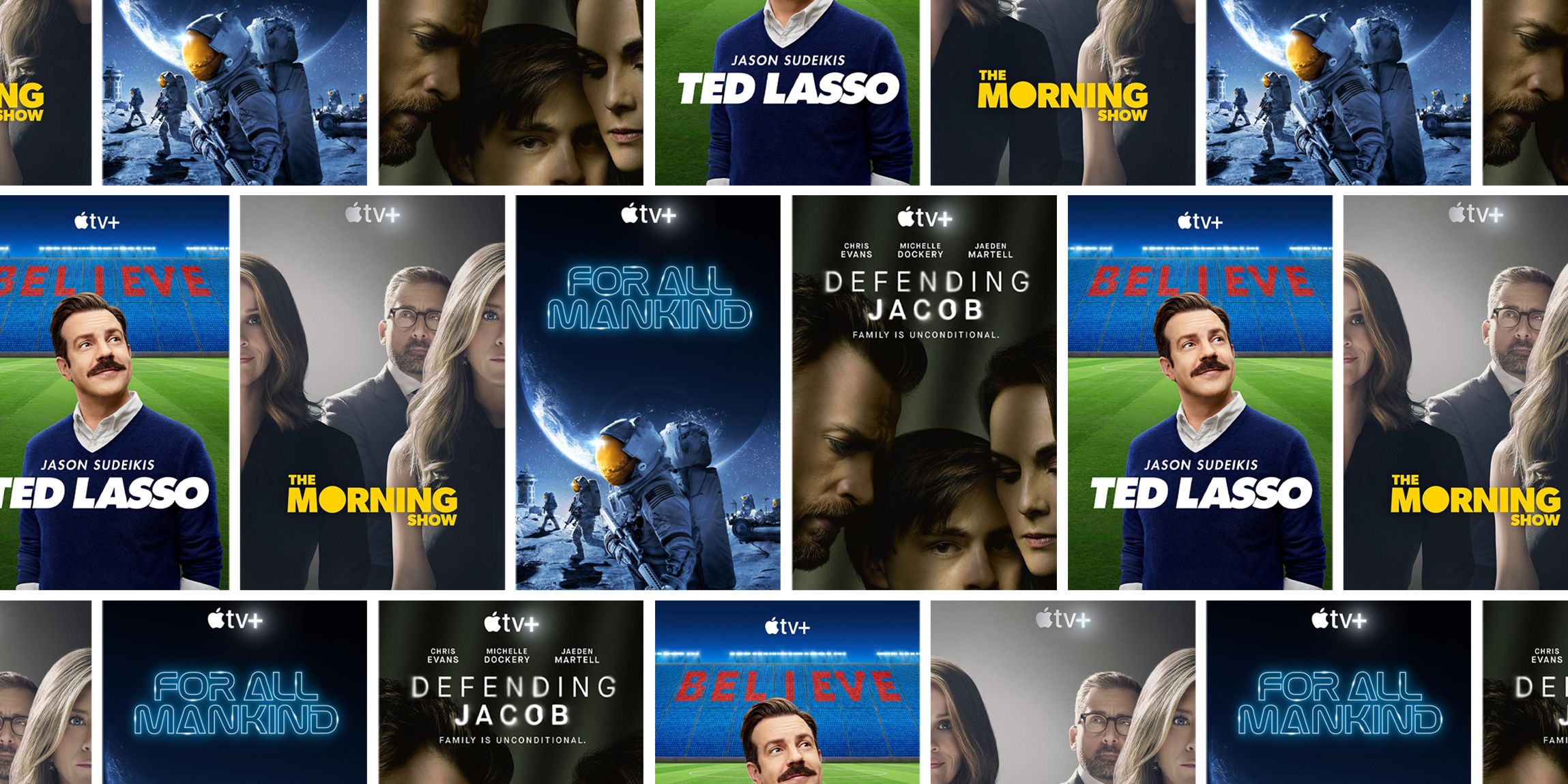
Feel Good is a semi-autobiographical comedy series by comedian Mae Martin. It's about a lesbian comedian struggling to stay sober. Feel Good is available on Netflix. You can find more of this hilarious comedy series. Learn more about the show and its themes. Feel Good is an ideal choice for anyone who loves comedy and romance. These are the best moments from the series.
Feel Good is a semi-autobiographical comedy series from comedian Mae Martin
If you're looking for a semi-autobiographical comedy series, you have come to the right place. Feel Good is a Canadian comedian's semi-autobiographical series about her struggles with addiction and gender identity. The show examines the complex relationship between addictions and love. This series is a must-see for anyone who loves comedy and the power that a good story can have.

The second season of Feel Good follows the journey of the comic as she tries to break destructive habits. Her past is revealed to her in a new light. Bafta TV nominations have been received for the show's concept of addiction. Mae Martin's roles include Outsiders, Uncle, Bagatelle, as well as starring in Fresh Meat, where she plays Melissa Shawcross.
Feel Good is the story of Canadian comic Mae Martin in her 20s. The series is produced by Joe Hampson and Mae Martin. It follows Mae's relationship to George, her longtime partner. The show explores the struggles and triumphs of love with a dry humor. The show is simultaneously hilarious and infuriating.
It's about a comedian lesbian who deals with sobriety.
"Feel Good," a comedy series based on Mae Martin's experiences as a Canadian stand-up comedian. She navigates her new relationship and sobriety. It is not like her other Netflix movies that promises a happy ending. The characters aren't perfect which makes this story even more fascinating.
"Feel Good" follows a comedian and lesbian through sobriety. The series is a captivating look at how recovery can be - as well as how difficult it can sometimes be. Mae's relationship is followed by Charlotte Ritchie her lesbian partner, who struggles to stay sober. They fall in love and move in together. Mae's journey to recovery isn’t as smooth as she would like.

Mae Martin, an American stand-up comedian, helps Mae navigate her sobriety as well as a new romance. Mae is a recovering addict who meets George in a gay nightclub. After getting to know each other, they fall in love. The relationship isn’t without its problems. While Mae manages to survive her sobriety, George struggles with his own sobriety and addiction.
FAQ
Do advertisers spend a lot of money on TV?
Advertisers can spend a lot of money to advertise their products on TV. Advertisers spend a lot of money to get consumers to buy their product.
This is achieved by spending money on research in order to determine what people like and don't love about their products.
Advertisers then use this information to design advertisements that appeal to consumers.
How long does it take to make a commercial?
It depends on the project's size. A small project might only require one person to film, whereas a large project may have several hundred people working together.
In general, a 30-second spot usually takes between 2-5 days to complete.
What is a TV spot?
A TV spot (usually 30 seconds) is an advertisement that is shown between the programming segments of a television channel.
Most channels will run many TV spots per week. Each TV spot typically contains a single topic or theme and is often designed to promote a specific brand or company.
TV commercials are not only used to promote products or services but also events, political campaigns and charities.
Are television commercials targeted for?
It is important to understand what people are doing at the moment you're viewing an advertisement.
To put it another way, if you want reach someone who watches football Sunday afternoons, advertise during football matches. Advertising during movie times is a great way to reach people who like movies on Friday nights.
Advertise during prime-time programs if you want to reach people while they're having dinner.
Knowing what people do to your ads is key. It means being able to see what programs they are watching.
Data is becoming increasingly available thanks to new technologies like DVRs and streaming video.
But don't forget that every person has his own preferences. It's impossible, therefore, to predict which program someone will view next.
It's crucial to test different kinds of ads. You'll find out what works best based on real-world feedback.
What type advertising is on TV?
Television is a medium of communication in which images are used to communicate messages. It is the most widely viewed medium in the world. The annual value of the television industry exceeds $100 billion.
There are many types of television advertisements. They can be broken down into two main categories.
-
Commercials, also known as TV commercials, are typically 30 seconds long or longer.
-
Programs/Series are also called "programming". These are generally 20 minutes in length, though some programs may be shorter.
Commercials are shown during commercial break, which is usually every half hour of programming. They can also be shown when there is no broadcast. This includes infomercials (public service announcements), before and afterwards shows, and so on.
The main component of any channel is its programs. Most channels have several series that airs each week. Some networks show only one series per week. Others will run multiple series simultaneously. Some channels focus on news, movies, and sports events.
Television advertising has seen a lot of changes since its conception. Television was first used for entertainment in the 1950s. People would watch I Love Lucy or Father Knows Best shows, then head outside to play and have fun with their friends. Television became more common as people used it to learn about new products and services. An example: A person could view an advertisement about a car to learn more about its features.
How TV ads are measured?
Advertisers use the number of people who actually view an ad to measure their effectiveness. They also gauge whether their ads have reached their target markets.
Surveys are used to ask viewers if they recall seeing the ad. If they respond yes, they are aware that they were exposed.
If they don't say yes, they are aware that they were not exposed to the ad. This is how effective they know the ad at reaching its target markets.
Statistics
- Radio is extremely accessible – 95 percent of cars have radios, and 99 percent of homes have radios. (marketingevolution.com)
- This includes 97 percent of Gen X, and 95 percent of Millennials. (marketingevolution.com)
- In fact, when the ad first launched, Dos Equis quickly became one of the fastest-growing beers, increasing its sales by over 22%. (qualitylogoproducts.com)
- Video-ad views on OTT (over-the-top) devices grew 63% year over year in Q3 2016, and the trend is expected to continue, further crippling traditional TV advertising. (clearcode.cc)
- With OTT ad revenue set to increase from 45% to 60% over the next decade, AdTech pioneers and early adopters of OTT advertising will reap its benefits in the near future. (clearcode.cc)
External Links
How To
What does the TV Advertising Industry do?
The TV advertising industry includes many companies that all need to collaborate to ensure that adverts are shown on television at the best time and place. It's also important to ensure that the ads are relevant to the viewers and don't offend them.
The media buying company purchases the airtime from the networks. They then sell this airtime to the advertisers. This is how advertisers pay for airtime. You can choose to buy specific timeslots of the day or all day.
Once the airtime is bought, the media buying company sends the advert to the network. The network broadcasts the ad at its scheduled broadcast time.
A viewer who watches the ad may click on the link that takes them to the advertiser's web site. The advertiser is paid again by the media buying firm if they click the link.
The process continues up until the advert is done. The media buying agency collects the advertising company's money and then passes it to the network.
Advertising agencies create the ads, and they send them to the media purchasing company. They manage the creative aspects of the campaign.
They also manage and coordinate the creative aspects of the campaign. They also manage the production of the ad and liaise with the clients about the budget.
They oversee all aspects of the campaign and keep track.